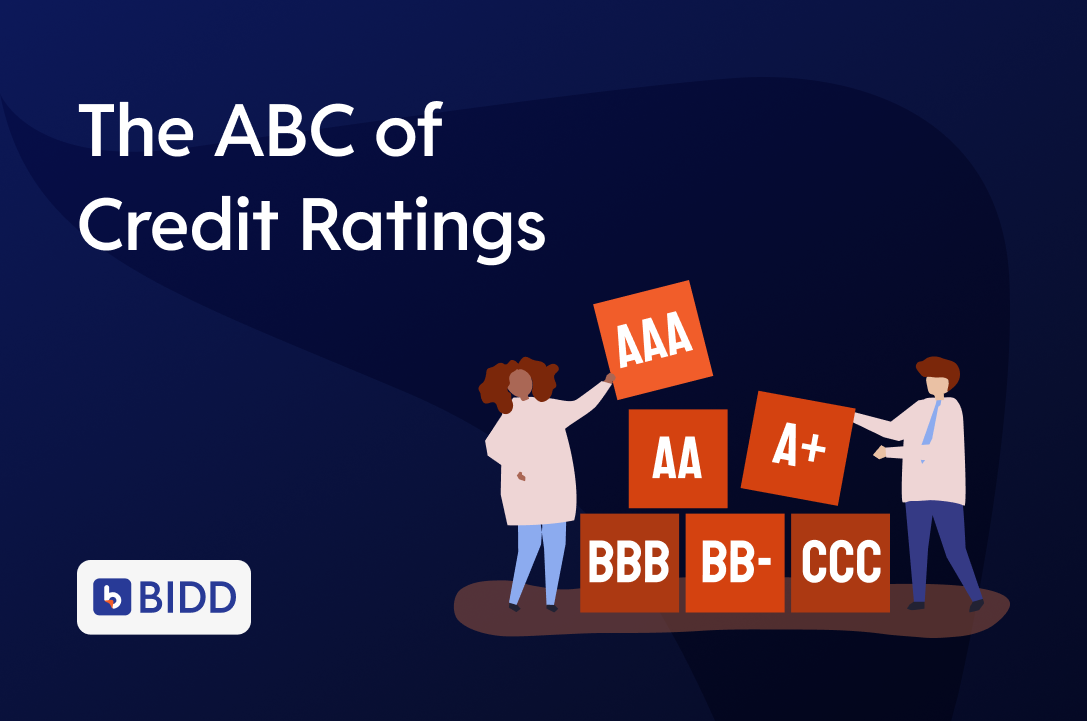Part 3: How to Know If Your Bond Investment Is Safe
A Simple Question to Begin With
Would you lend money to someone without knowing their background?
Most likely not.
When you invest in a bond, you’re essentially lending money — often to a company or government body.
But unlike personal lending, here you’re supported by a system that tells you how trustworthy your borrower is.
That system is called a credit rating.
Think of it as a report card — not for students, but for bond issuers.
And instead of grades like A+ or B-, you’ll see ratings such as AAA, AA, or BBB.
Let’s break it down.
What Is a Credit Rating?
A credit rating tells you how likely it is that a bond issuer will repay your money on time — both the interest and the principal.
These ratings are issued by independent credit rating agencies such as:
- CRISIL
- ICRA
- CARE Ratings
- India Ratings
Ratings are based on several key factors:
- Financial strength of the issuer
- Business model and cash flows
- Past repayment history
- Sectoral and macroeconomic outlook
In short, a credit rating is a quick, reliable indicator of how safe your investment is.
Understanding the Ratings Scale
The higher the rating, the lower the credit risk. Here’s a simplified view:
| Rating | Meaning | Risk Level | Typical Issuers |
| AAA | Highest safety | Lowest | Government bonds, top-tier PSUs, large corporates |
| AA | Very strong capacity | Low | Well-established private firms |
| A | Solid, stable | Moderate | Good companies, possibly in cyclical sectors |
| BBB | Investment grade threshold | Moderate–High | Smaller or growing firms with stable outlook |
| BB & below | Speculative grade | High | Riskier businesses, potentially higher yields |
| D | Defaulted | Very high | Issuer has failed to meet payment obligations |
Think of AAA as lending to a financially disciplined friend with a steady job.
BB? More like lending to a startup founder — ambitious, but uncertain.
Why Credit Ratings Matter
A bond’s return is only part of the picture.
What’s equally important — if not more — is how likely you are to get that return without disruption.
Let’s consider two options:
Option 1: AAA-rated PSU Bond @ 7.5%
- Stable income
- Minimal risk of delay or default
- Ideal for conservative or income-focused investors
Option 2: BB-rated Private Bond @ 11%
- Higher interest
- Higher risk of delayed or missed payments
- Requires greater due diligence and risk tolerance
While higher yields may seem attractive, any default could lead to a loss of both income and capital. That’s why understanding ratings is critical — especially if you’re new to bond investing.
Common Myths About Credit Ratings — Debunked
“Low-rated bonds are always bad.”
Not necessarily. For investors with a higher risk appetite and the ability to diversify, they can offer higher yields — with eyes wide open.
“AAA-rated bonds are boring.”
Not true. Many seasoned investors prefer AAA bonds for their reliability, especially when building a stable income portfolio.
“Credit ratings never change.”
They do. A company’s rating may go up with strong performance — or down if its financial health deteriorates.
Always check the latest rating before investing.
Want to strengthen your bond knowledge?
Don’t miss our detailed explainer: What Are Bonds.
Why Credit Ratings Are Especially Useful for New Investors
- They help filter out high-risk issuers
- They allow you to compare bonds quickly and confidently
- They simplify decision-making for those unfamiliar with deep financial analysis
- They enable better risk-return balance in your fixed-income portfolio
Final Thoughts
You don’t need to be a financial analyst to invest in bonds — but you should always understand who you’re lending to. That’s where credit ratings come in.
Next time you’re evaluating a bond that promises attractive returns, don’t stop at “what’s the rate.”
Instead, ask: “What’s the rating?”
With platforms like Bidd, credit ratings are clearly displayed alongside other key metrics — helping you make informed, confident investment decisions.
Because in the world of bonds, trust is everything — and credit ratings help you earn that trust before you invest.
Disclaimer: This blog is intended solely for educational and informational purposes. It should not be construed as investment advice, a recommendation, or an offer to buy or sell any financial products. Please consult a registered financial advisor before making any investment decisions.




